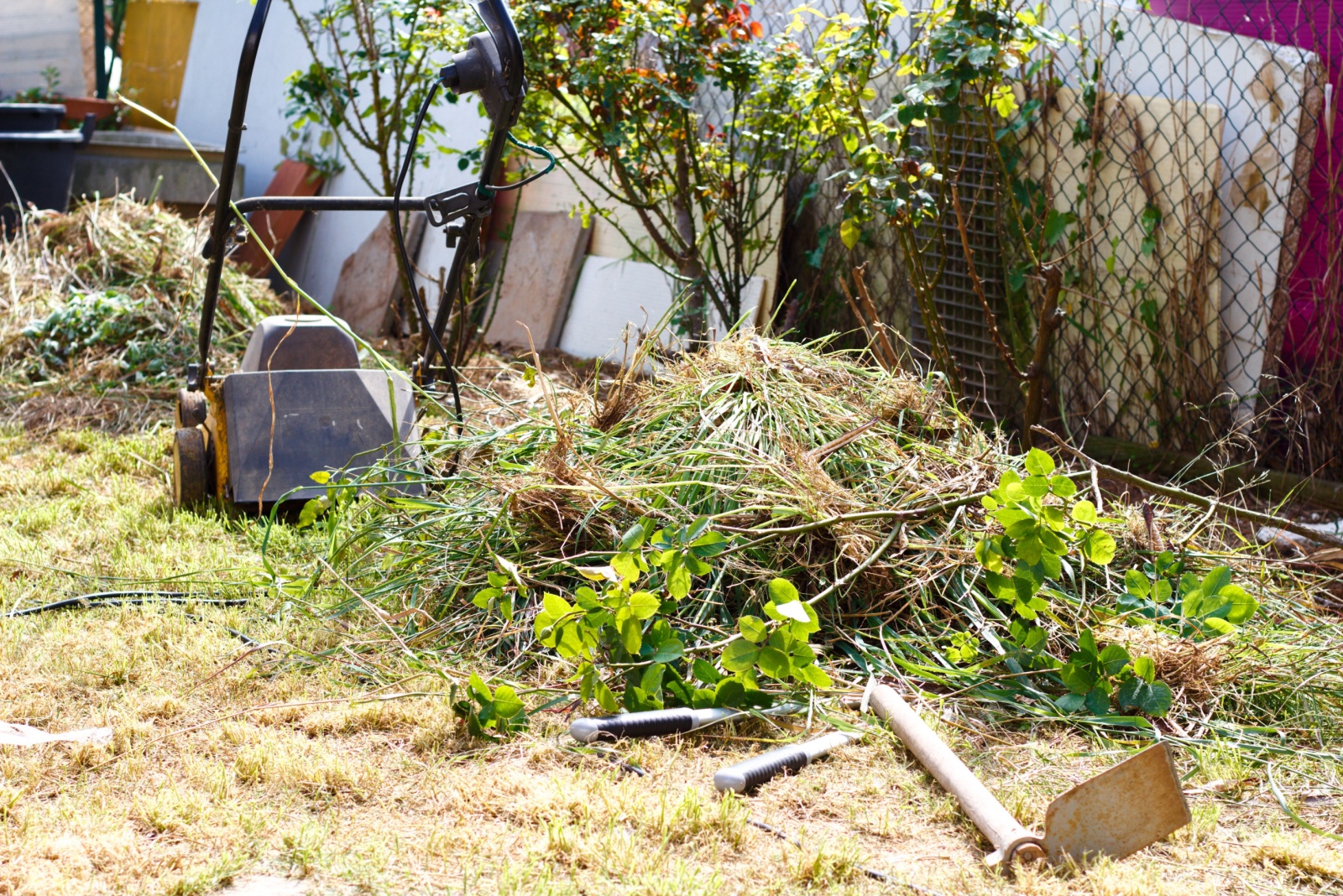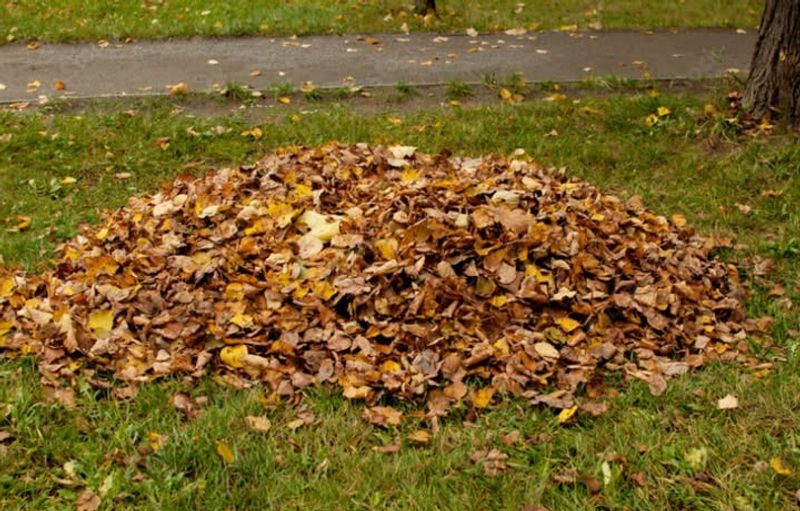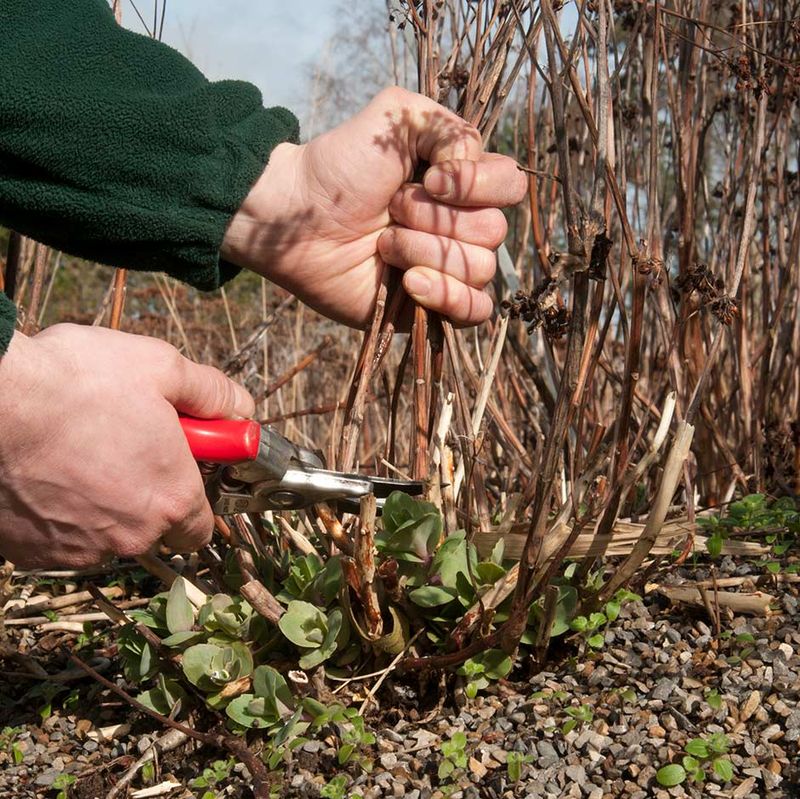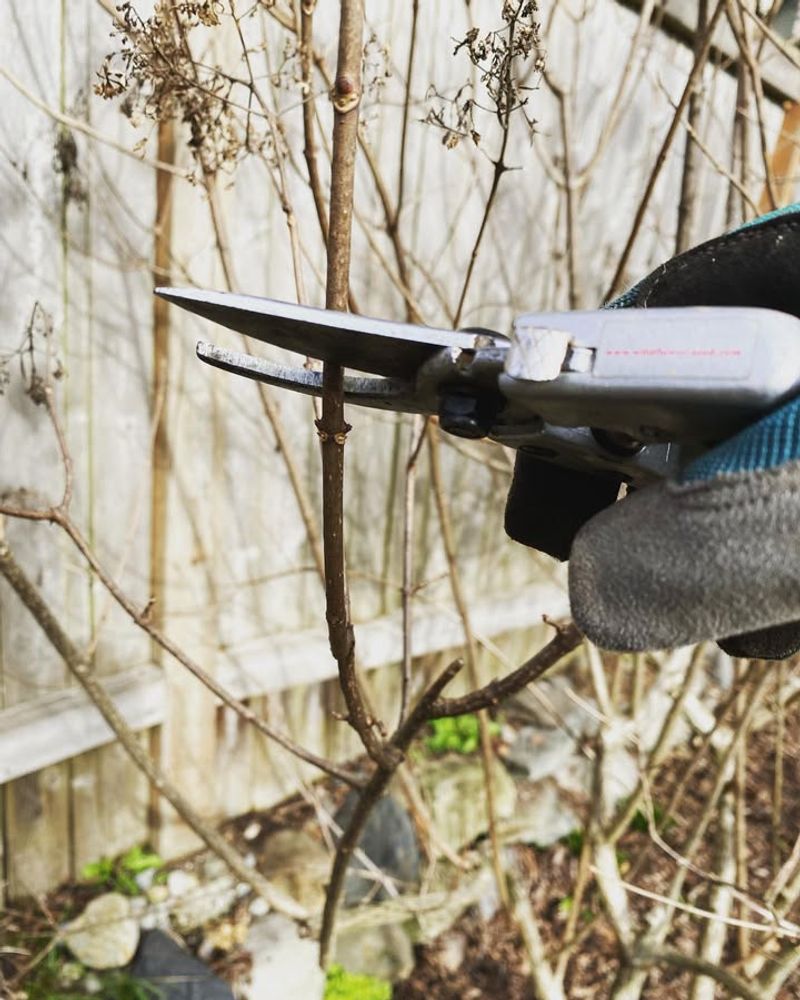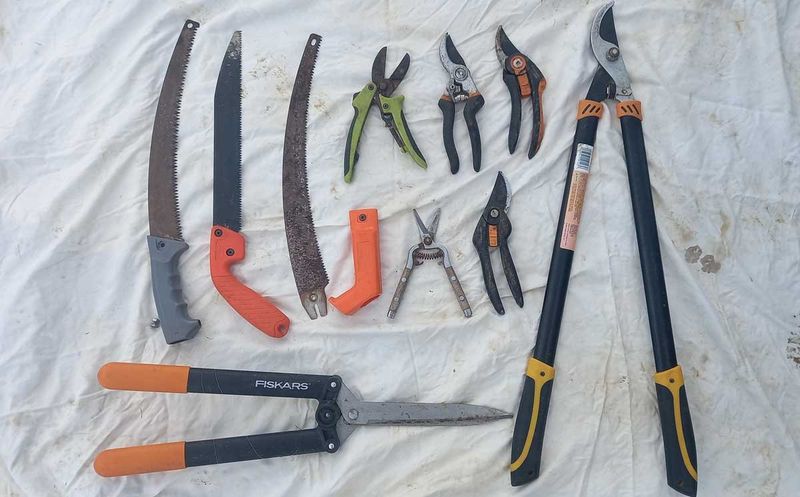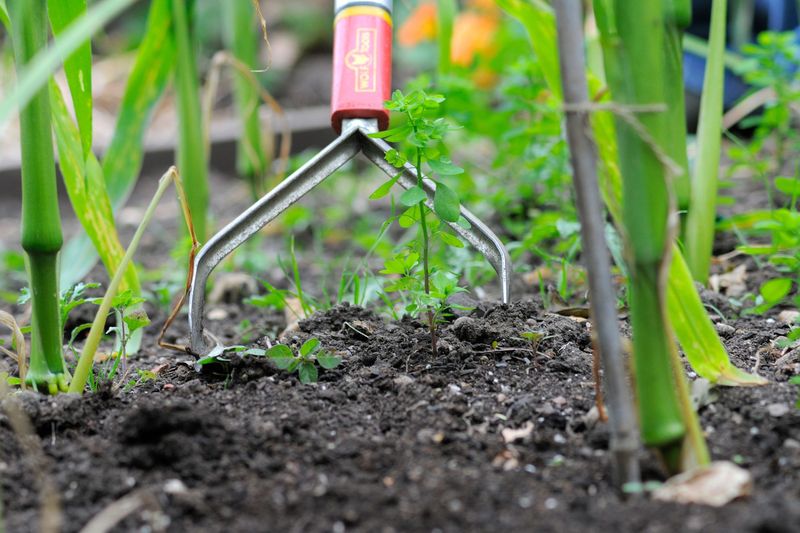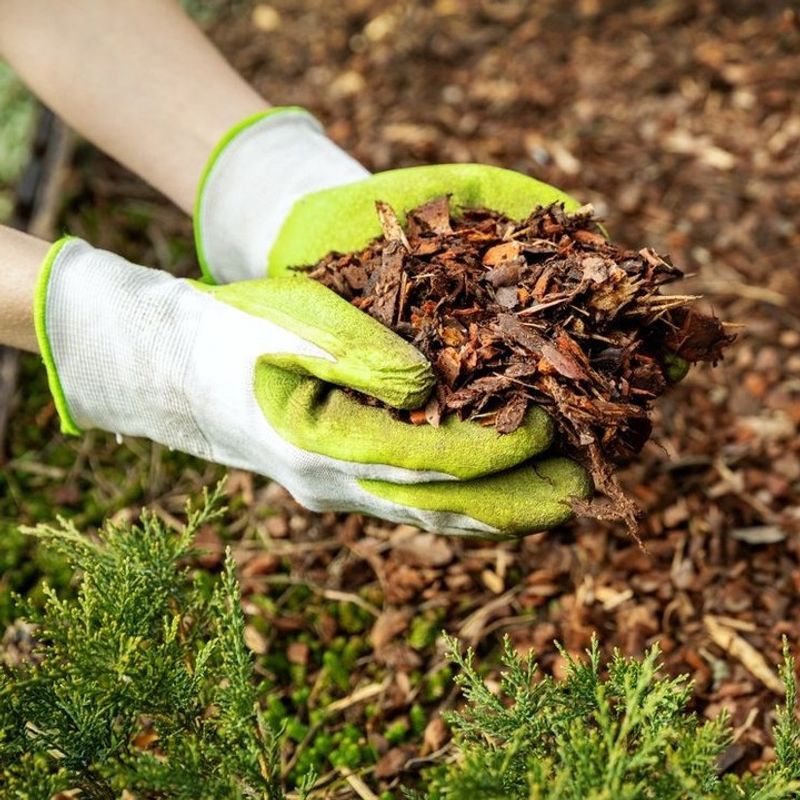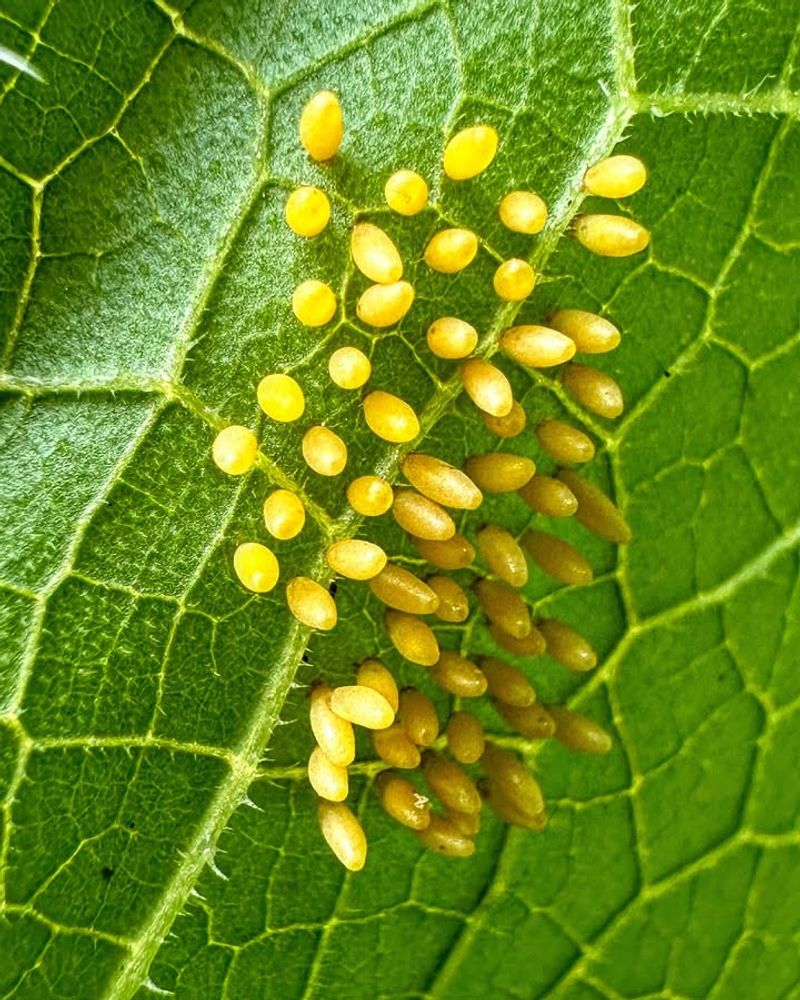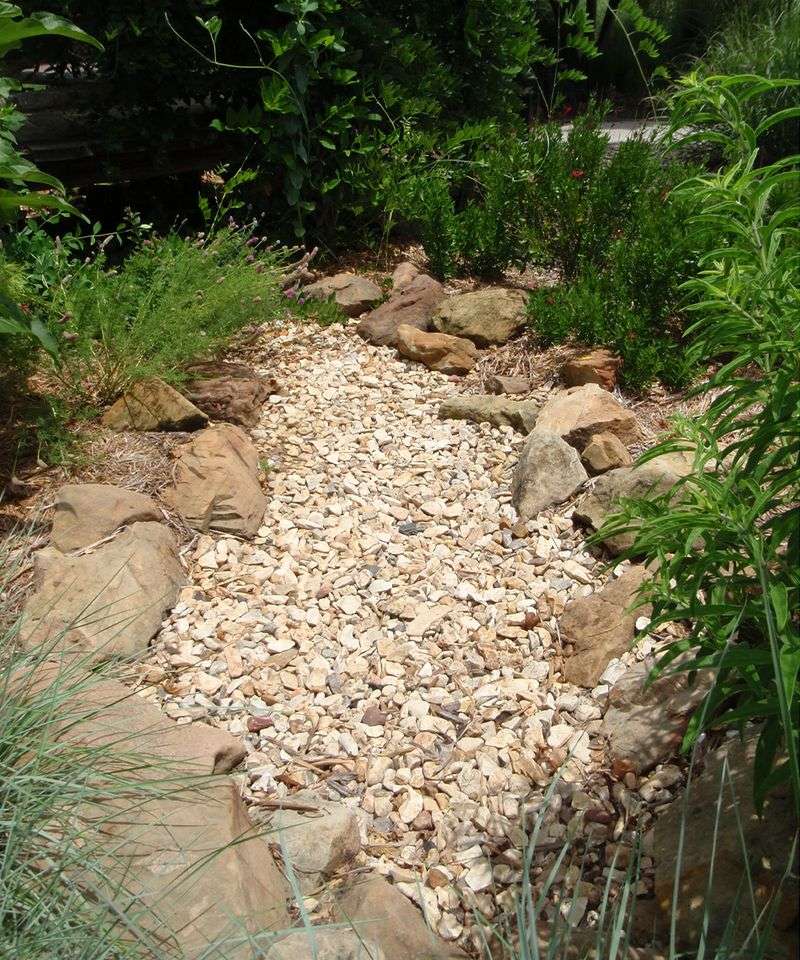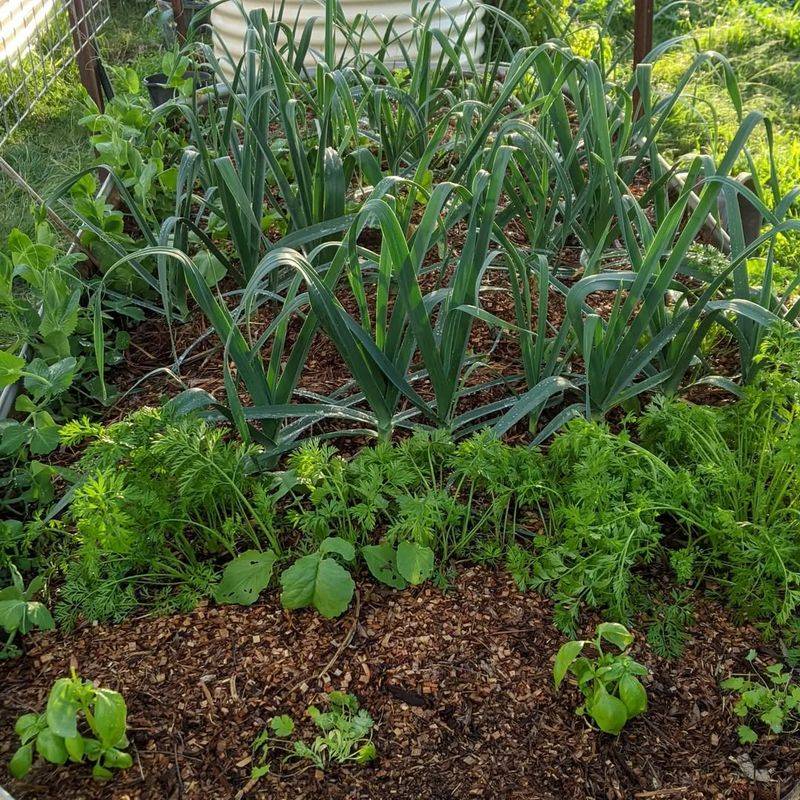Florida gardeners know that fall is the perfect time to prepare their gardens for a pest-free spring. While the weather stays warm year-round, taking action now can prevent unwanted bugs and diseases from taking over your plants.
Smart cleanup strategies help protect your garden and make next season’s growing much easier and more successful.
1. Remove All Fallen Leaves And Plant Debris
Piles of dead leaves create cozy homes for insects, fungi, and disease-causing organisms that love Florida’s humidity. Rake up fallen foliage regularly and dispose of it properly rather than leaving it scattered around your garden beds.
Compost only healthy plant material, and throw away anything that looks diseased or bug-infested. Keeping your garden floor clean eliminates hiding spots where pests wait for warmer weather to emerge and attack your spring plantings with renewed energy.
2. Cut Back Dead Or Dying Annuals
Annual plants that have finished their growing cycle become magnets for aphids, whiteflies, and other destructive pests. Pull them out completely, roots and all, before insects decide to settle in for the season.
Bag these old plants and send them to the trash if you notice any pest damage or weird spots. Fresh soil exposed after removal also gets better air circulation, which naturally discourages fungal growth that thrives in Florida’s damp fall conditions.
3. Inspect And Prune Perennials Carefully
Perennials need a good lookover before cooler months arrive, even in Florida’s mild climate. Check stems and leaves for signs of insect eggs, webbing, or chewed areas that signal pest problems.
Trim away damaged or diseased sections using clean, sharp tools to prevent spreading issues to healthy growth. Proper pruning improves air flow around plants, reducing moisture buildup that attracts mold, mildew, and bugs looking for damp places to multiply and cause trouble come springtime.
4. Clean And Sanitize Garden Tools
Dirty tools spread diseases and pest eggs from one plant to another without you even realizing it. Scrub pruners, shovels, and shears with soapy water, then wipe them down with rubbing alcohol or a bleach solution.
Did you know? A single dirty blade can transfer hundreds of microscopic fungal spores between plants. Taking just a few minutes to sanitize your equipment protects your entire garden investment and stops problems before they start spreading through your landscape.
5. Clear Out Weeds Before They Spread Seeds
Weeds don’t just steal nutrients and water from your plants—they also provide shelter for harmful insects and plant diseases. Pull them out while they’re still manageable, making sure to get the roots so they don’t grow back stronger.
Many weeds drop thousands of seeds in fall that sprout when spring rains arrive, creating bigger headaches later. Removing them now means fewer pests have places to hide and less competition for your vegetables and flowers next growing season.
6. Apply Fresh Mulch Around Plants
A fresh layer of mulch acts like a protective blanket that blocks weed growth and makes life harder for ground-dwelling pests. Spread two to three inches of organic mulch around your plants, keeping it away from stems to prevent rot.
Quality mulch also regulates soil temperature and moisture, creating less favorable conditions for pest breeding. As it breaks down, it feeds beneficial organisms that naturally fight off harmful bugs, giving your garden a defense system that works around the clock.
7. Check For And Destroy Pest Eggs
Many Florida pests lay eggs on the undersides of leaves or in soil crevices during fall, waiting for spring warmth to hatch. Carefully inspect your plants, especially under leaves and along stems, for tiny egg clusters or unusual bumps.
Wipe off or spray away any eggs you find before they have a chance to develop into hungry larvae. Catching them at this stage saves you from dealing with full-blown infestations later, protecting your garden from caterpillars, beetles, and other destructive insects.
8. Improve Soil Drainage In Problem Areas
Standing water and soggy soil invite mosquitoes, fungus gnats, and root diseases that damage plants from below ground. Identify spots where water pools after rain and work in organic matter or create slight slopes to improve drainage.
Better drainage means roots stay healthier and pests that need moisture to survive find your garden less appealing. Florida’s frequent fall rains make this step especially important for preventing problems that would otherwise explode when spring’s heat and humidity arrive together.
9. Rotate Crop Locations For Vegetables
Planting the same vegetables in identical spots year after year allows pest populations to build up in the soil, ready to attack new seedlings instantly. Move your crops to different areas of your garden each season to break this cycle.
Rotation confuses pests that overwinter in the ground waiting for their favorite food source to return. This simple strategy naturally reduces pest pressure without chemicals, giving your spring vegetables a healthier start and better chances of producing abundant, damage-free harvests throughout the growing season.

